Intro
Discover key facts about Cephalexin 500mg, including its uses, side effects, and interactions, to ensure safe and effective antibiotic treatment for bacterial infections, with insights on dosage, contraindications, and patient precautions.
The world of antibiotics is vast and complex, with various medications designed to combat different types of bacterial infections. Among these, Cephalexin 500mg stands out as a commonly prescribed antibiotic for its effectiveness against a range of bacterial infections. Understanding the intricacies of Cephalexin, including its uses, side effects, and proper administration, is crucial for both medical professionals and patients alike.
Cephalexin, a cephalosporin antibiotic, works by stopping the growth of bacteria. It is particularly useful in treating infections caused by bacteria that are susceptible to its effects. The drug comes in various forms, including capsules, tablets, and suspensions, making it accessible for different patient needs. The 500mg dosage is one of the most commonly prescribed, reflecting its balance between efficacy and the minimization of side effects.
The importance of antibiotics like Cephalexin cannot be overstated, given the rise of antibiotic-resistant bacteria. Proper use and understanding of these medications are key to maintaining their effectiveness and ensuring they remain a viable treatment option for future generations. As we delve into the specifics of Cephalexin 500mg, it becomes clear that education and awareness are crucial in the fight against bacterial infections.
Introduction to Cephalexin 500mg
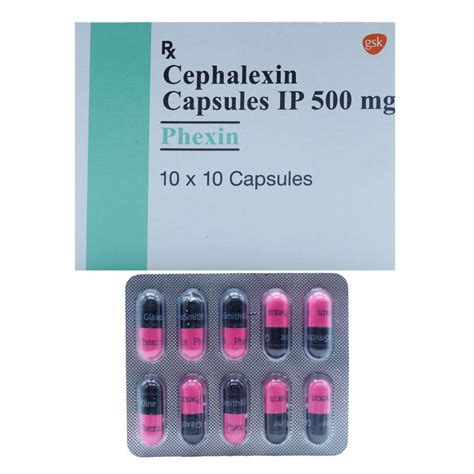
How Cephalexin Works
Cephalexin, like other antibiotics, is designed to target and eliminate bacteria. It does so by interfering with the bacteria's cell wall formation, ultimately leading to the death of the bacterial cells. This mechanism of action makes Cephalexin effective against a wide range of Gram-positive and some Gram-negative bacteria. Understanding how Cephalexin works is essential for appreciating its role in treating bacterial infections and the importance of completing the full prescribed course to ensure the infection is fully cleared.Benefits of Using Cephalexin 500mg
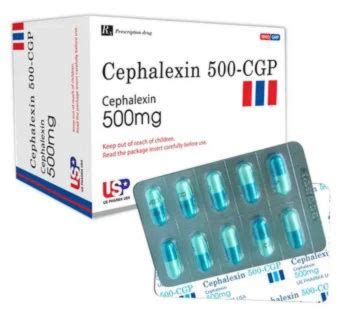
Common Uses of Cephalexin 500mg
Cephalexin 500mg is commonly used to treat: - Respiratory tract infections such as pneumonia - Skin infections - Urinary tract infections - Bone infections Its effectiveness in these areas makes it a valuable antibiotic in the medical arsenal against bacterial infections.Side Effects and Precautions
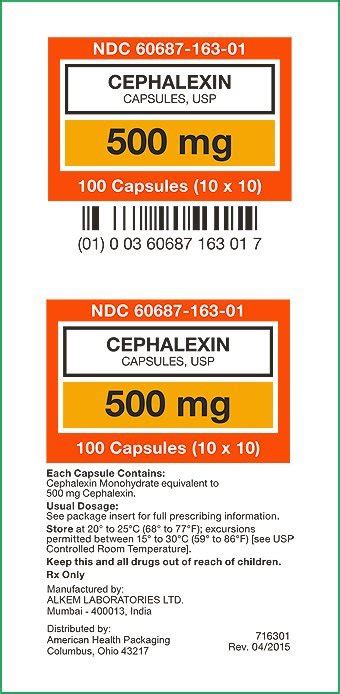
Interactions with Other Medications
Cephalexin 500mg can interact with other medications, altering its effectiveness or increasing the risk of side effects. Patients should inform their healthcare provider about all the medications they are taking, including: - Blood thinners - Diuretics - Metformin - Probenecid Understanding these interactions is crucial for safe and effective treatment.Administration and Dosage
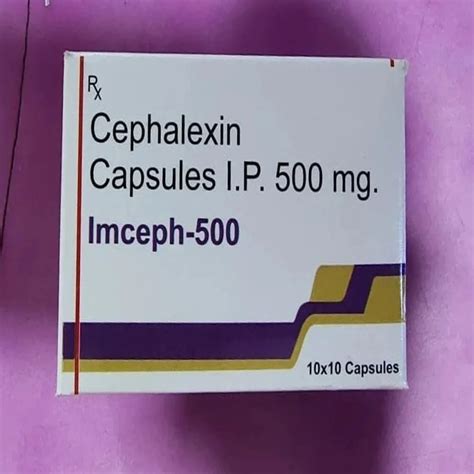
Special Considerations
Special considerations include: - Pregnancy and breastfeeding: Cephalexin is generally considered safe, but it should only be used under medical supervision. - Pediatric use: Dosage is adjusted based on the child's weight and the severity of the infection. - Geriatric use: Older adults may require dose adjustments due to decreased renal function.Resistance and Future Directions
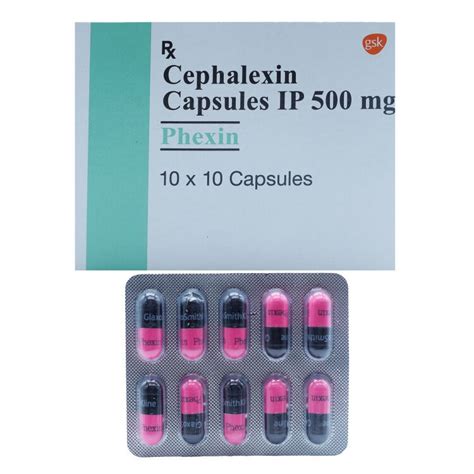
Public Health Implications
The implications of antibiotic resistance are far-reaching, affecting not only individual health outcomes but also public health. Strategies to combat resistance include improved infection control practices, enhanced surveillance of resistance patterns, and the development of new antimicrobial agents. Public awareness and education on the proper use of antibiotics are also vital components of this effort.Conclusion and Next Steps
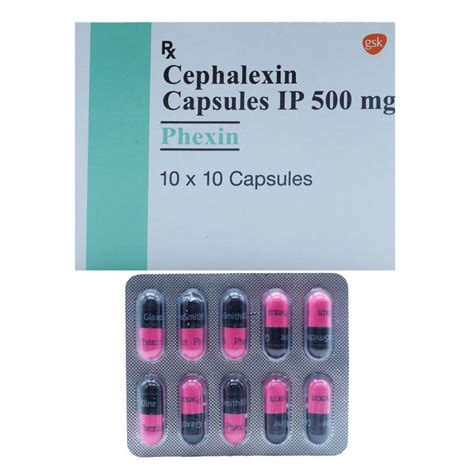
As we move forward, it is essential to prioritize public health initiatives aimed at preserving the effectiveness of antibiotics like Cephalexin 500mg. By understanding the benefits, potential side effects, and proper administration of this medication, patients and healthcare providers can work together to ensure its continued efficacy in combating bacterial infections.
We invite you to share your thoughts and questions about Cephalexin 500mg in the comments below. Your engagement and feedback are invaluable in creating a comprehensive and informative discussion on this critical topic.
What is Cephalexin 500mg used for?
+Cephalexin 500mg is used to treat a variety of bacterial infections, including respiratory tract infections, skin infections, urinary tract infections, and bone infections.
How long does it take for Cephalexin 500mg to start working?
+Cephalexin 500mg starts working within a few hours of taking the first dose, but it may take several days to fully clear the infection.
Can I take Cephalexin 500mg if I am allergic to penicillin?
+It is generally recommended to avoid Cephalexin if you have a known allergy to penicillin or other cephalosporins, as there is a risk of cross-reactivity. However, this should be discussed with a healthcare provider, as the decision depends on the severity of the allergy and the specific circumstances.
